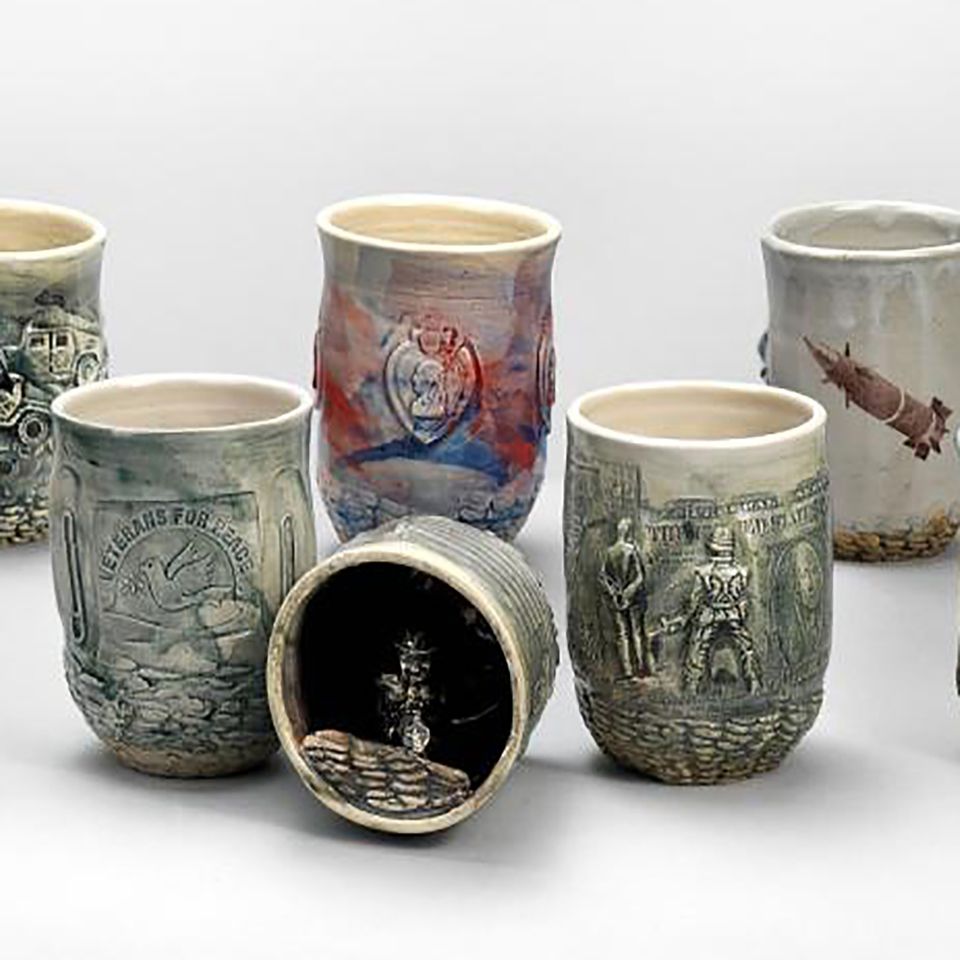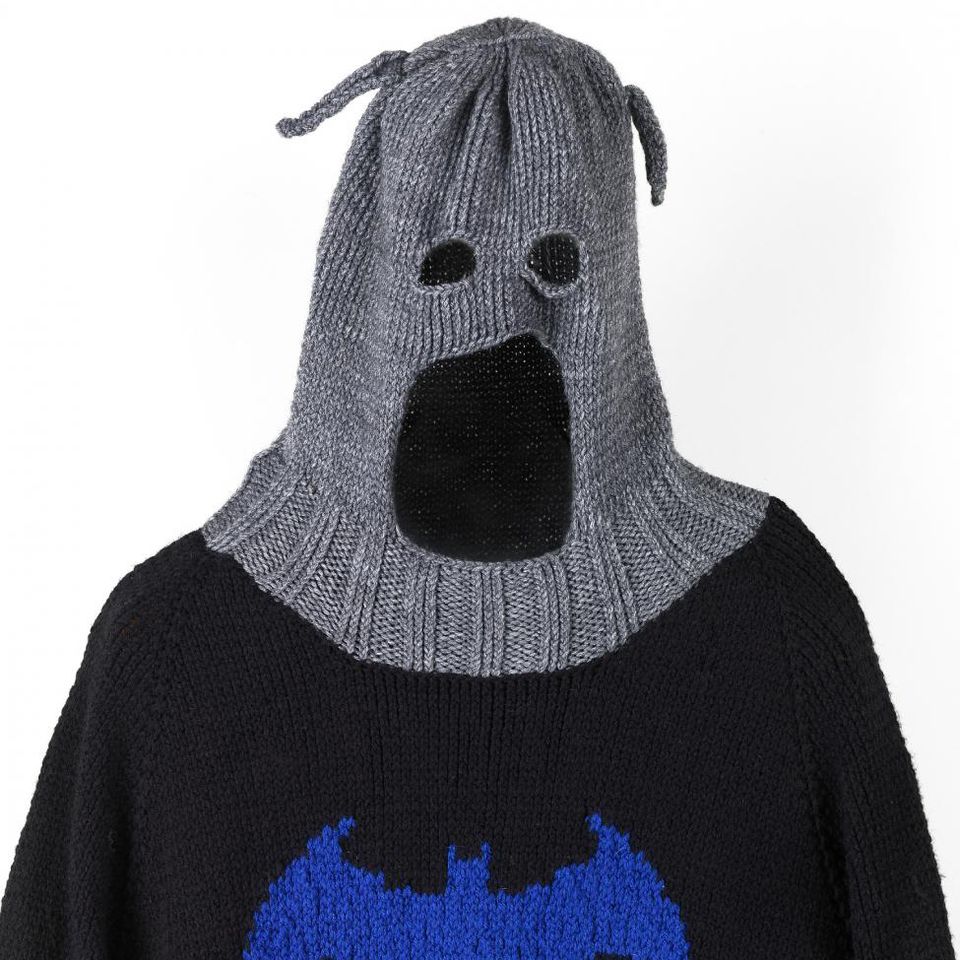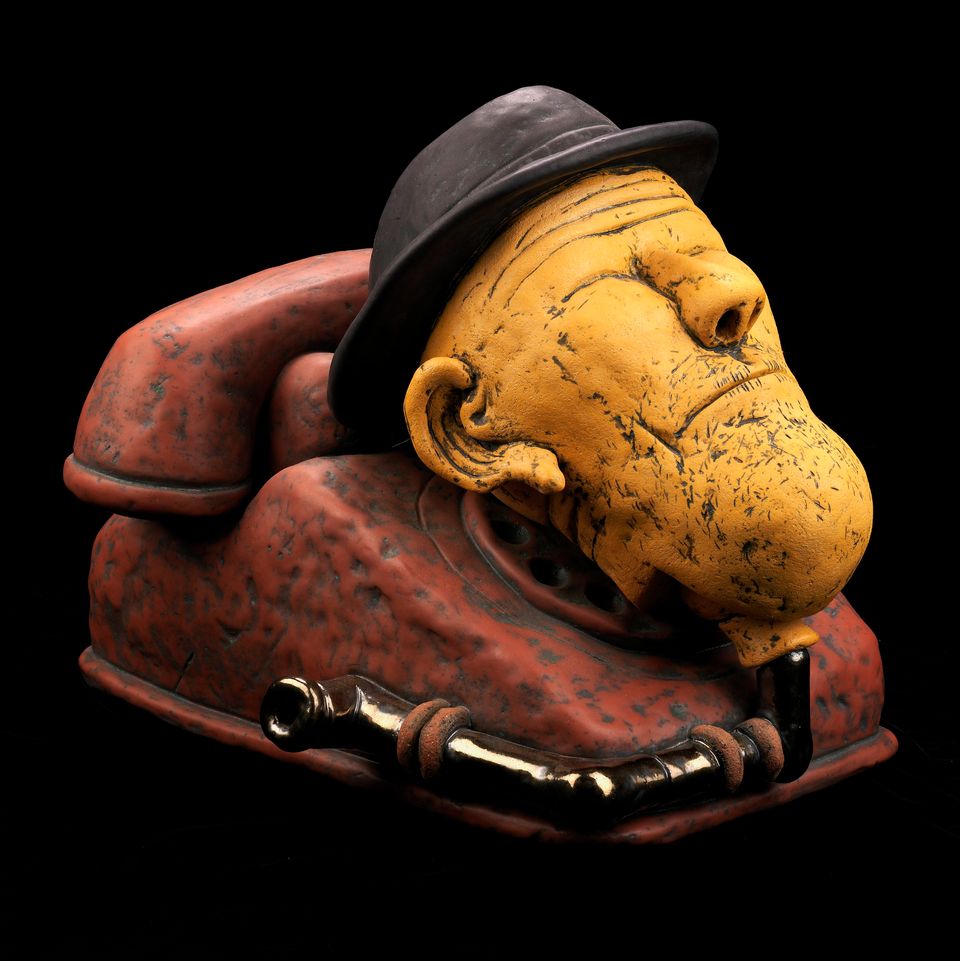Thinking Through Craft
These 60-to-95-minute units are teacher-reviewed and classroom-tested. Each unit pairs thinking patterns with works of art to instill a thinking disposition transferrable across classroom curriculum and into the wider world.
A Teacher Asks: Why the Renwick?
Welcome to the Renwick Gallery. I am Vaija Wagle. I have been a classroom teacher for the last 40 years. For 20 of those years, ideas from Project Zero, a research institute at Harvard Graduate School of Education influenced teaching and learning in my classroom. Upon retiring from the classroom, I took on the challenge of writing teacher resources for the Renwick Gallery.
As a teacher, my initial concern was that the Renwick Gallery would not be a teacher’s intuitive choice. Teachers have limited time and the artwork at the Renwick Gallery were not connected to any curriculum content. However, I soon recognized that the artwork at the Renwick Gallery presented a unique teaching opportunity.
Finding the Key
The artworks begged understanding. Using thinking patterns to understand and appreciate the artworks could offer students vital lessons to learn about critical thinking. If thinking about their thinking (metacognition) could be part of this experience, then the students might, in addition, transfer these thinking patterns across subject areas and to the world beyond.
If a visit to the Renwick, either through reproductions in the classroom or in-person, offered an opportunity to learn about using critical thinking skills and metacognition, teachers like me might find it quite valuable. With this in mind, I set to work on the units now available in the Resources section. They use a variety of trans-disciplinary thinking patterns to appreciate and understand the Renwick’s artworks such as:
Learn more about Field Trips and School Tours at the Smithsonian American Art Museum.
The Units’ Philosophical Core
At Project Zero, I was profoundly drawn to the idea of making cultivating understanding through critical thinking as the goal of learning. This idea promised to benefit students’ learning in the classroom, but also for life long learning beyond the classroom.
You’ll notice that the units I created:
- Constructing an understanding of big conceptual ideas: Big conceptual ideas describe physical and social patterns that govern the world, how things work or why they are the way they are. They provide an enduring and universal lens through which to view subject matter but also the world around.
- Engage active student thinking. While knowledge may be dished out and delivered, understanding can only be cultivated through critical thinking, and through the units, students are guided to use a variety of thinking patterns to construct the desired understandings.
The Units
The units are designed for a variety of age groups; elementary to middle school students or middle to high school students.
Each unit takes between 60 and 90 minutes and can be accomplished during a visit to the museum or by displaying high definition photographs of the artworks available on the website.
Each unit uses a particular thinking pattern to look closely at a select artwork, and form informed and relevant interpretations.
There are metacognitive breaks along the way to help students become cognizant of the thinking pattern they are using to engage with the artworks.
A closing moment of reflection is built in to allow the students to revisit the experience and think about what they gained both in terms of ideas the artwork generated and patterns of thinking used.
Examples of how the various thinking patterns can be used to successfully teach curriculum content are also provided.
Practical Testing
As a teacher, I know that there is nothing better than a chance to actually teach the units and receive feedback. So, I took multiple opportunities to test the units in the gallery and at workshops across the city and gather feedback from participating students and teachers. I also reflected on what worked and what didn’t.
My highlight was when we presented the unit on Hidden Stories (the importance of seeking side and hidden stories to better understand the main story) to a high school art class at St. Alban’s School. Having visited the classroom some days before, my host teacher wrote to me and said that the students had returned from their art class and informed their teachers in the history and literature classes that they ought to be looking for side and hidden stories!! This, to me, is the ideal outcome. With all this feedback I set to revise the units.
Credit
Thinking Through Craft resources were funded by a generous gift from the William R. Kenan, Jr. Charitable Trust.




















